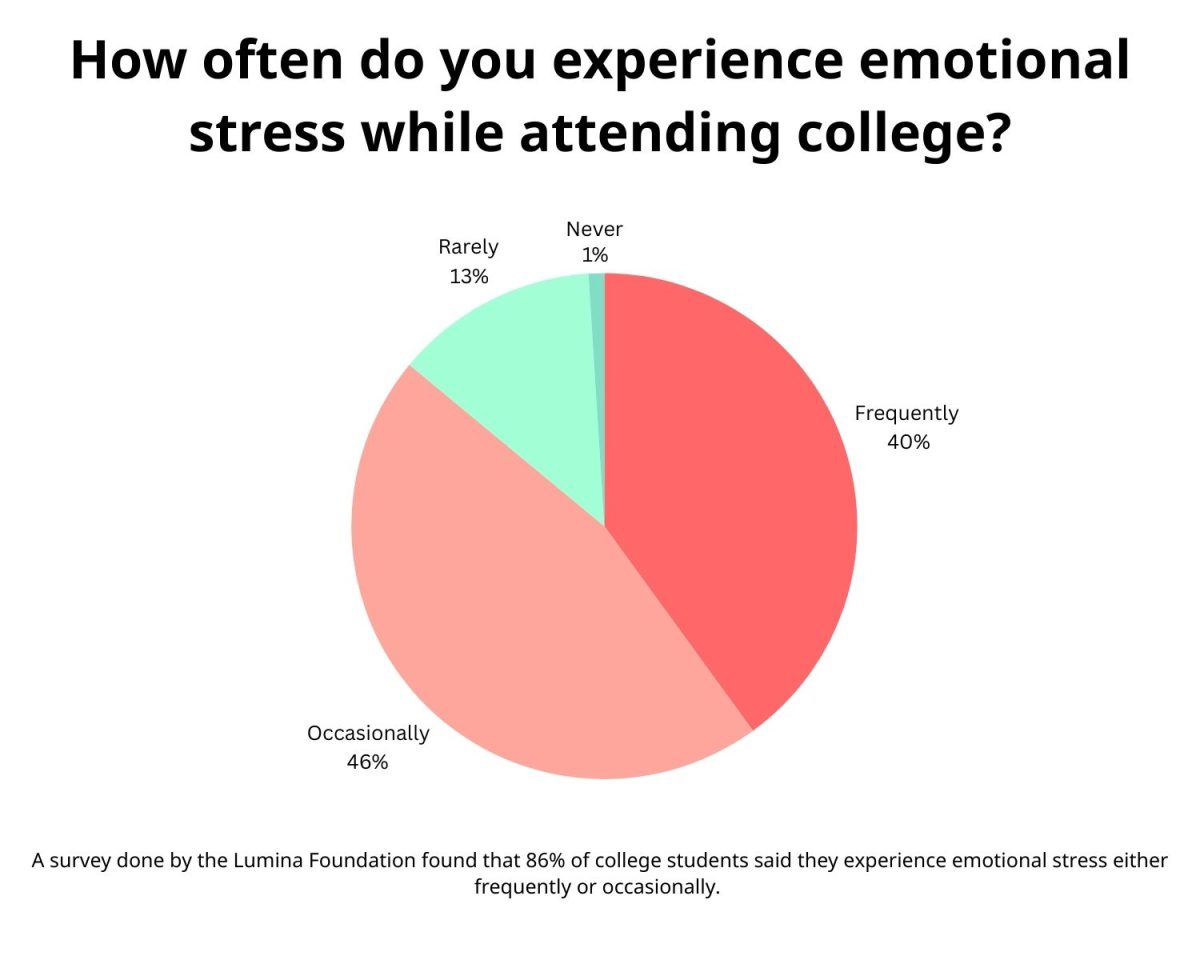Before the Industrial Revolution, the rhythms of the day and the changing seasons informed a simple conception of time. An agrarian society has little need for a clock when the position of the sun in the sky allows for any necessary approximation of what time it is. But the advent of factories shifted labor from cottage industries to centralized urban production, as Derek Thompson notes for The Atlantic. Workers had to report at a set time each day, to perform the same task year-round: the modern workplace, and with it, the modern conception of time, was born.
Clocks began to populate public spaces, chiming hourly as a communal reference point. But what if you do not have a clock nearby? A miniature clock would be handy! Affordable pocket watches abounded in the 19th century, notably democratizing time, as Clive Thomas reports in the Smithsonian Magazine. In the 21st century, pocket watches are back. Though this time, they take the form of the smartphone. With a continuous connection to the internet, time has never been more readily available. This is really convenient, given that our lives are quite regimented in terms of time since students and workers alike are expected to be punctual. However, the smartphone has its limitations as a timekeeping device.
First, a phone’s primary function is not to tell the time. Sure, you can see the digital readout with each use, but the overall amount of screen space devoted to this function is minimal. After all, simply looking at the time on your phone does not directly generate revenue, but by making other functions as fun and addictive as possible, tech companies turn a profit from phone usage. When messaging functions are included in this mix, the smartphone becomes easily the most distracting object in our lives, and quite possibly humanity’s most distracting invention.
Second, it is physically inconvenient to pull out your phone, whether it resides in a bag or pocket, to look at the time. If you are in the middle of a delicate task, or have hands covered with sludge, the last thing you want to do is touch your phone or your pocket watch. An aviator from the early days of plane travel, Alberto Santos-Dumont, ran into this very problem in 1904.
Santos-Dumont asked his acquaintance Louis Cartier for a way to get the time while flying, as George Cramer notes for Quill and Pad. Needless to say, Dumont’s canvas-covered-strut flying contraption did not have a convenient dashboard with a clock on it. Cartier decided to take the basic principle of the pocket watch— a miniature clock— and adapt it to be worn on the wrist. What was one of the first purpose-built wrist watches, and possibly the first pilot’s watch, was created. The wristwatch caught on, and over the course of the 20th century, the wristwatch supplanted the pocket watch as the way the world told time.
Fast-forward to today. Most people use smartphones for time, or use a smartwatch, which is effectively a smart phone mounted on the wrist, with a few additional health-related functions. After all, the world’s best-selling “watch” is now the Apple watch. According to an article by Jack Forster for Hodinkee, Apple is now the biggest watchmaker on Earth. The market has clearly indicated its preference for ultra-functional wrist computers over “dumb” watches. But “dumb,” non-connected watches have qualities which smart watches lack such as diversity, simplicity, heritage, durability and craftsmanship, to name only a few!
Watches come in all shapes, sizes and colors, from conservative minimalist models influenced by Bauhaus architectural design to uber-maximalist jewel-encrusted monstrosities, and, thankfully, every style in between, unlike drearily uniform and ubiquitous smart watches.
If you have a limited budget, you can get the world’s second best-selling watch, the humble Casio F-91W, for just $14.34 on Amazon. On the other hand, if you want an artisanal product, a one-off crafted completely by hand, you can find such watches at auction houses for rather princely sums: a piece by esteemed watchmaker George Daniels sold for $500,000 in 2019. If you need a watch you can take 1000 meters underwater, Citizen has the piece just for you! It has solar charging for maintenance-free use for decades and would shrug off repeated bashings against a rock if you were inclined to treat it so roughly.
Best of all, however, is what a wristwatch represents. A microcosm on your wrist, it can be an everyday companion and a reminder of the dearness of time. Each movement of the seconds hand attests to human ingenuity, but also human mortality. Watches can be a uniquely stylish, individual reminder to get the most out of every moment.
Categories:
Wristwatches are still relevant in the smartphone era
0
Donate to The Reflector
Your donation will support the student journalists of Mississippi State University. Your contribution will allow us to purchase equipment and cover our annual website hosting costs.
More to Discover






